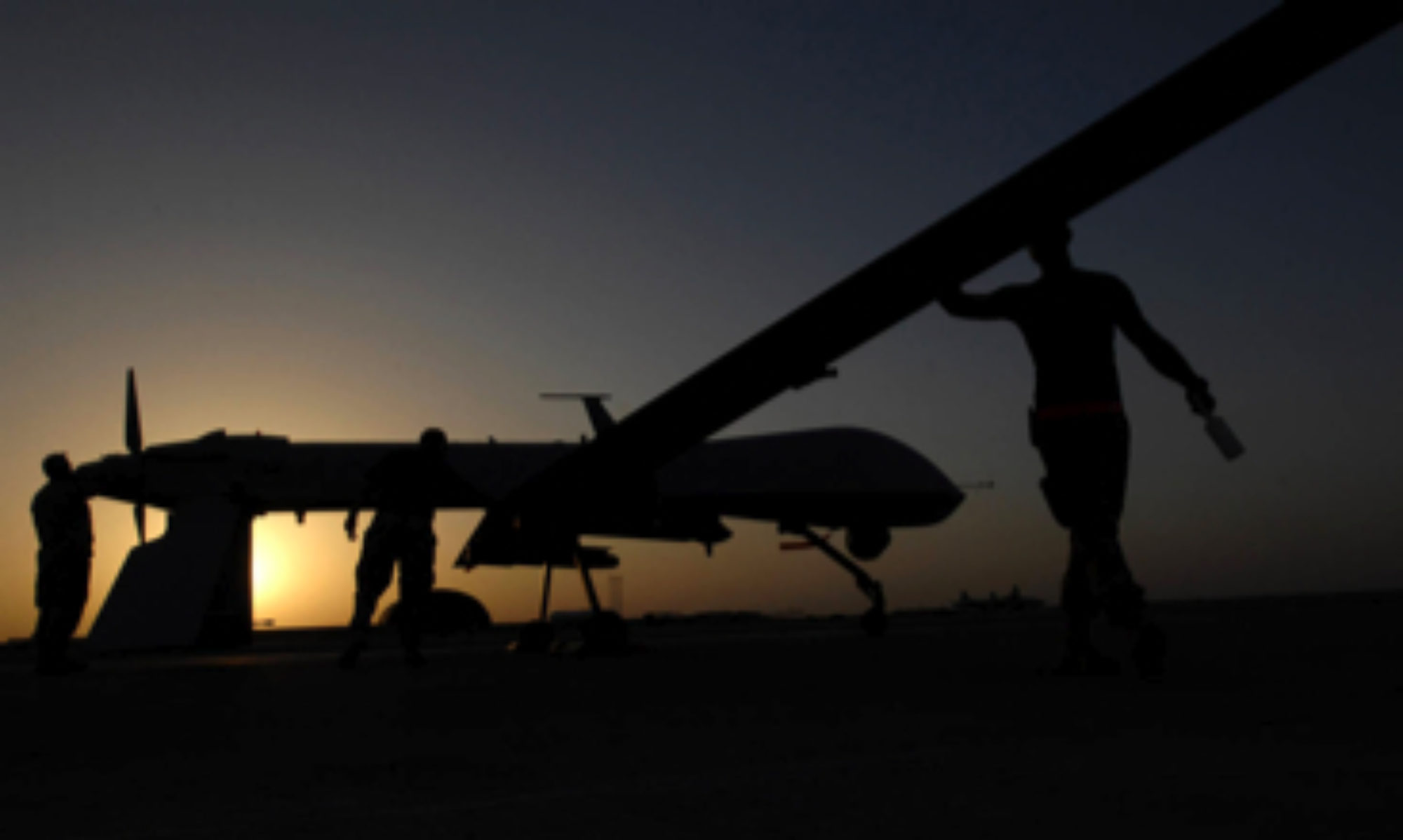What happens when science fiction becomes battlefield reality?
An amazing revolution is taking place on the battlefield, starting to change not just how wars are fought, but also the politics, economics, laws, and ethics that surround war itself. This upheaval is already afoot — remote-controlled drones take out terrorists in Afghanistan, while the number of unmanned systems on the ground in Iraq has gone from zero to 12,000 over the last five years. But it is only the start. Military officers quietly acknowledge that new prototypes will soon make human fighter pilots obsolete, while the Pentagon researches tiny robots the size of flies to carry out reconnaissance work now handled by elite Special Forces troops.
Wired for War takes the reader on a journey to meet all the various players in this strange new world of war: odd-ball roboticists working in latter-day “skunk works” in the midst of suburbia; military pilots flying combat mission from their office cubicles outside Las Vegas; the Iraqi insurgents who are their targets; journalists trying to figure out just how to cover robots at war; and human rights activists wrestling with what is right and wrong in a world where our wars are increasingly being handed over to machines.
If issues like these sound like science fiction, that’s because many of the new technologies were actually inspired by some of the great sci-fi of our time from Terminator and Star Trek to the works of Asimov and Heinlein. In fact, Singer reveals how the people who develop new technologies consciously draw on such sci-fiction when pitching them to the Pentagon, and he even introduces the sci-fi authors who quietly consult for the military.
But, whatever its origins, our new machines will profoundly alter warfare, from the frontlines to the home front. When planes can be flown into battle from an office 10,000 miles away (or even fly themselves, like the newest models), the experiences of war and the very profile of a warrior change dramatically. Singer draws from historical precedent and the latest Pentagon research to argue that wars will become easier to start, that the traditional moral and psychological barriers to killing will fall, and that the “warrior ethos” the code of honor and loyalty which unites soldiers will erode.
Paradoxically, these new unmanned technologies will also seemingly bring war closer to our doorsteps, including even with videos of battles downloaded for entertainment. But Singer also proves that our enemies will not settle for fighting our high-tech proxies on their own turf. He documents, for instance, how Hezbollah deployed unmanned aircraft in the Lebanese war of 2006, and how America may even fall behind in this revolution, as its adversaries gain knockoffs of our own technology, or even develop better tech of their own invention.
While his predictions are unnerving, there’s an irresistible gee-whiz quality to what Singer uncovers and the people he meets along the way. It is packed with cutting edge research and hard to get interviews of everyone from four star Army generals and Middle East leaders to reclusive science fiction authors. Yet it also seamlessly weaves in pop culture and illuminating anecdotes to create a book that is both highly readable and accessible. In laying out where our technologies are taking us to next, WIRED FOR WAR is as fascinating as it is frightening.
